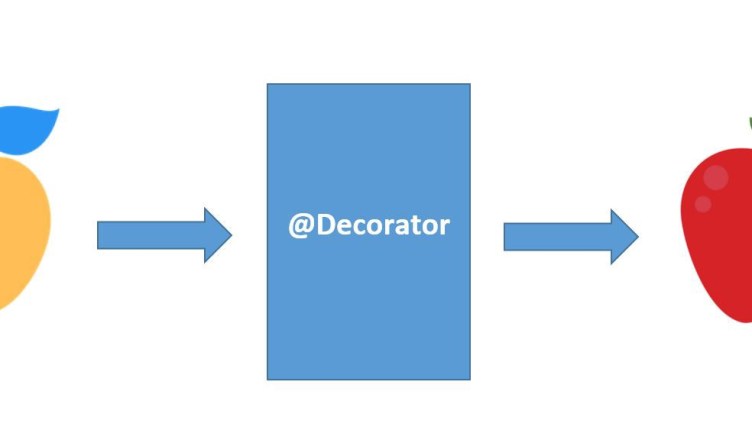Introduction:
Python, known for its simplicity and versatility, offers a myriad of tools and techniques to empower developers. Among these, decorators stand tall as a powerful and elegant way to enhance your code’s readability, maintainability, and functionality. In this guide, we’ll delve deep into the world of decorators, unraveling their mysteries, and equipping you with the knowledge to use them effectively in your Python projects. Get ready to elevate your code to the next level!
What Are Decorators?
At its core, a decorator in Python is a higher-order function that allows you to modify or enhance the behavior of other functions or methods. They are often used to add functionality, such as logging, authentication, or memoization, to existing functions without modifying their code. They’re like the magic touch that can transform ordinary functions into extraordinary ones.
The Anatomy of a Decorator
To understand it, let’s break down their structure:
def my_decorator(func):
def wrapper(*args, **kwargs):
# Code to run before the decorated function
result = func(*args, **kwargs)
# Code to run after the decorated function
return result
return wrapper
@my_decorator
def my_function():
# Function logic hereIn this example, my_decorator is a decorator that takes a function func as an argument and returns a new function wrapper. The wrapper function can execute code before and after calling func.
Practical Uses
Now that you grasp the basics, let’s explore some real-world applications:
Logging:
You can create a decorator to log function calls, making debugging a breeze. This is especially handy for larger projects with many functions.
def log_function_call(func):
def wrapper(*args, **kwargs):
print(f"Calling function: {func.__name__}")
result = func(*args, **kwargs)
print(f"{func.__name__} returned: {result}")
return result
return wrapper
@log_function_call
def add(a, b):
return a + bAuthentication:
Decorators can secure access to specific functions, ensuring that only authorized users can execute them.
def authenticate_user(func):
def wrapper(*args, **kwargs):
if is_authenticated():
return func(*args, **kwargs)
else:
raise PermissionError("Access denied.")
return wrapper
@authenticate_user
def sensitive_data():
# Access restricted dataBest Practices
To make the most of it:
- Choose descriptive names: Use meaningful names for your decorator to enhance code readability.
- Keep decorators modular: Aim for decorators that are reusable and don’t tightly couple with specific functions.
- Use the
@decoratorsyntax: Decorators are typically applied using the@decoratorsyntax, which makes your code more elegant and readable. - Document your decorators: Provide clear documentation for your decorators, explaining their purpose and usage.
Conclusion
Decorators in Python are a powerful and elegant way to enhance the functionality of your functions and methods. By understanding their structure and practical applications, you can write cleaner, more maintainable code and unlock new possibilities in your Python projects. As you master the art of decorators, you’ll find yourself creating code that’s not only functional but also stylish and efficient. So go ahead, embrace the power of decorators and take your Python programming to the next level!
Also, check out our other playlist Rasa Chatbot, Internet of things, Docker, Python Programming, MQTT, Tech News, ESP-IDF etc.Become a member of our social family on youtube here.Stay tuned and Happy Learning. ✌🏻😃Happy tinkering! ❤️🔥






